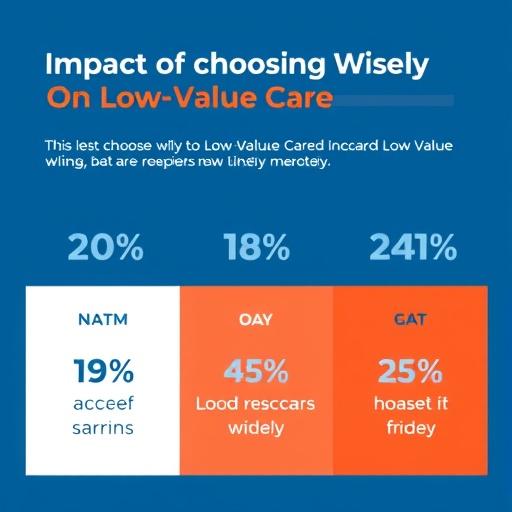Credit: Credits: NASA/JAXA, Hal Pierce
As Tropical Storm Otto formed in the southwestern Caribbean north of Panama on Nov. 21 the Global Precipitation Measurement mission or GPM core satellite analyzed the strengthening storm.
At 1 p.m. EST (1800 UTC) on Nov. 21, Tropical Depression 16 strengthened into a tropical storm and was named Otto. At that time, maximum sustained winds had increased to near 50 mph (85 kph) with higher gusts. Otto continued to strengthen and the National Hurricane Center expects the storm to reach hurricane strength.
The GPM core observatory satellite had an excellent daytime view of the newly formed tropical storm on Nov. 21 at 2:06 p.m. EST (1906 UTC). Otto had wind speeds estimated at 45 knots (52 mph) at that time. GPM's Microwave Imager (GMI) and Dual-Frequency Precipitation Radar (DPR) revealed that the newly formed tropical storm had deep convective bursts and fast development of thunderstorms near the center of circulation. Rain was measured by DPR falling at a rate of over 94 mm (3.7 inches) per hour. 3-D measurements of tropical storm Otto's precipitation were made with GPM's radar (DPR Ku Band). DPR measured tall convective storms near Otto's center. Some of these tall storms were found by GPM to stretch to heights above 17 km (10.5 miles).
On Nov. 22 the governments of Nicaragua and Costa Rica have issued a Hurricane Watch from the Costa Rica/Panama border to south of Bluefields, Nicaragua. A Tropical Storm Warning is in effect for Nargana to Colon and a Tropical Storm Watch is in effect for San Andres to the west of Colon to the Costa Rica/Panama border.
At 10 a.m. EST (1500 UTC), the center of Tropical Storm Otto was located near 10.4 degrees north latitude and 79.2 degrees west longitude, about 330 miles (530 km) east-southeast of Bluefields, Nicaragua. The National Hurricane Center (NHC) said that Otto is stationary and a westward drift is expected to continue moving west. On the forecast track, Otto should be approaching the coasts of Nicaragua and Costa Rica on Thursday, Nov. 24. Maximum sustained winds are near 70 mph (110 kph) with higher gusts.
Otto is expected to become a hurricane later today or tonight, with additional strengthening forecast through Thursday. Otto is expected to be a hurricane when it hits the Central American coast near the Nicaragua and Costa Rica border in about three days.
The heavy rainfall rates that GPM observed are a concern for Central America. NHC said that "Outer rain bands from Otto are expected to produce rainfall accumulations of 3 to 6 inches over San Andres and Providencia islands, and the higher terrain of central and western Panama and southern Costa Rica through Wednesday. Total rainfall of 6 to 12 inches, with isolated amounts of 15 to 20 inches, can be expected across northern Costa Rica and southern Nicaragua through Thursday. These rains will likely result in life-threatening flash floods and mud slides.
Otto is expected to weaken over land but could then cross into the Eastern Pacific as a tropical depression.
###
For updated forecasts on Otto, visit the NHC website: http://www.nhc.noaa.gov.
Media Contact
Rob Gutro
[email protected]
@NASAGoddard
http://www.nasa.gov/goddard
############
Story Source: Materials provided by Scienmag




